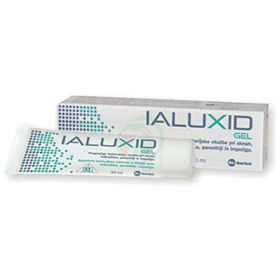Customer question:
Is impetigo common in children? Anonymous customer's question
Pharmacist's answer:
Impetigo is a widespread infection in children, especially between the ages of two and five. This age group is more susceptible to impetigo due to frequent contact with other children, less developed hygiene habits, and more sensitive skin. Impetigo often occurs in schools, kindergartens, and other environments where children are in close contact, allowing the infection to spread quickly.
The bacteria that cause impetigo are easily spread by contact with infected people or through contaminated objects such as toys, clothing, bedding, and towels. Children with preexisting skin injuries such as scratches, insect bites, or eczema are particularly vulnerable to developing impetigo, as bacteria can quickly enter through broken skin. Additionally, children with weakened immune systems or those living in warm, humid climates may be more likely to develop this infection.
The initial symptoms of impetigo are red spots or blisters that usually appear around the nose and mouth but can also appear on other parts of the body. These blisters quickly enlarge, burst, and turn into the yellowish scabs that characterize this infection. Because impetigo is highly contagious, the infection can quickly spread to other parts of the body and other people, especially if children scratch or touch infected areas.
Although impetigo can be unpleasant, it is usually harmless and is effectively treated with antibiotics. Treatment includes topical antibiotics in ointments or creams and, in severe cases, systemic antibiotics. In addition, it is essential to maintain good hygiene, wash hands and infected areas regularly, and avoid scratching to reduce the spread of infection. With appropriate treatment and hygiene measures, most children recover quickly without long-term consequences.
Interesting reading: Impetigo pictures
Interesting reading: Cream for impetigo












 Facebook
Facebook
 Instagram
Instagram
 info@moja-lekarna.com
info@moja-lekarna.com

